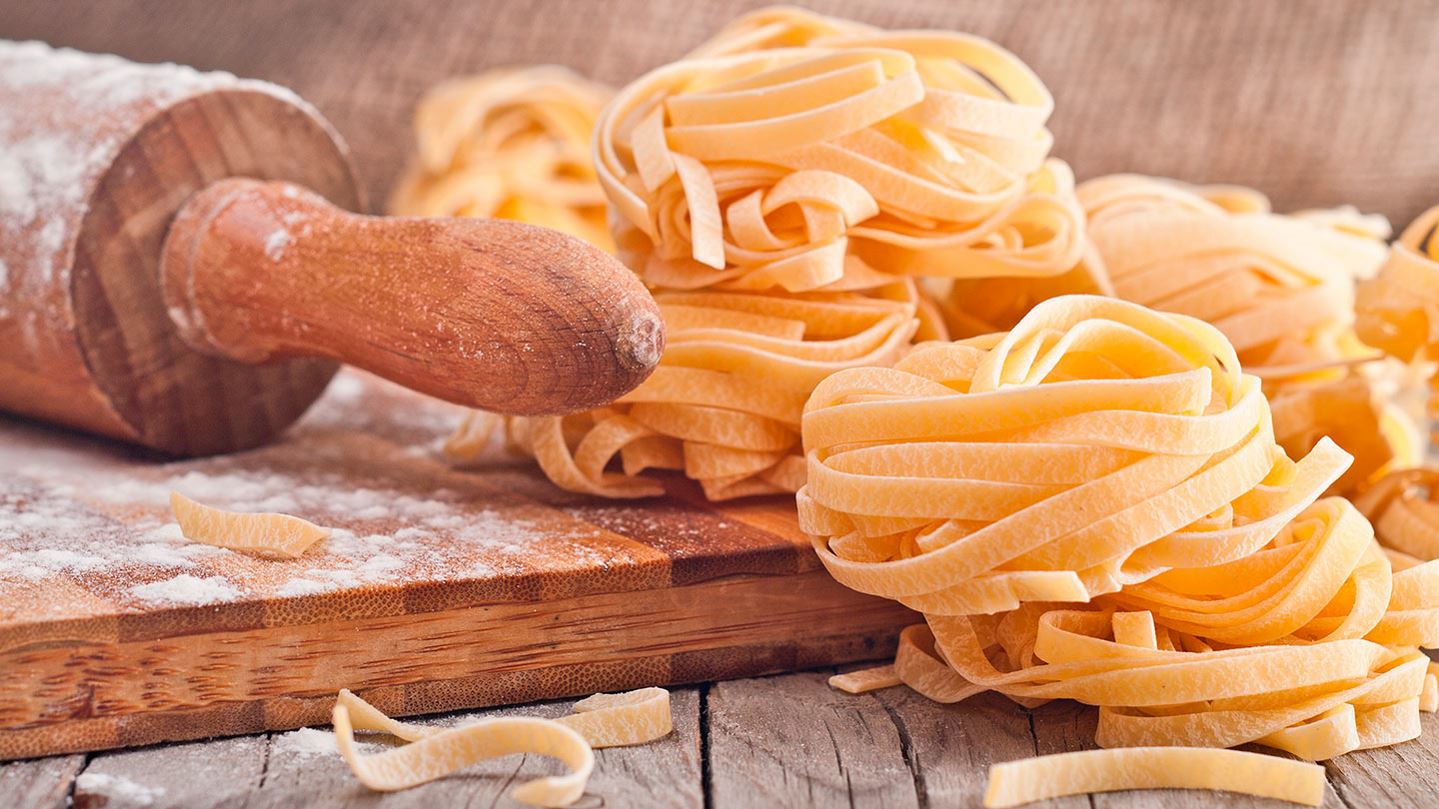
Fresh Pasta Products
MAP: A proven way to effectively extend the shelf life of your fresh pasta products
Food items: Capelli, Fettucine, Funghini, Fusilli, Linguine, Macaroni, Pasta shells, Spaghetti, Tagliarini, Tagliatelle, Trenette, Tubetti, Vermicelli, Zitioni,
other items
Recommended gas mixture
40-50% CO₂
50-60% N₂
The gases and mixtures listed above are for general guidance. To identify the optimum gas for your product and process, we recommend you undertake a product trial with the help of an Air Products MAP gas specialist.
Storage temperature
• Legal maximum*: 8° C
• Recommended: 0° C to +5° C
Achievable shelf-life
• In air: 1-2 weeks
• In MAP: 3-4 weeks
Principle spoilage organisms and mechanics
Yeasts and moulds, colour change (green to brown/grey) for green pasta.
Food poisoning hazards include
Staphylococcus aureus, Bacillus species.
Typical MAP machines
Retail
TFFS – Thermoform-fill-seal
PTLF – Preformed tray and lidding film
HFFS – Horizontal form-fill-seal
VFFS – Vertical form-fill-seal
Typical types of package
Retail: Tray and lidding film, Tray inside pillow pack, pillow pack
Examples of typical MAP materials
Tray:
• UPVC/PE
• HDPE
• EPS/EVOH/PE
Lidding and/or pillow pack film:
• PET/PVdC/PE
• PA/PVdC/PE
• PC/EVOH/EVA
• MPET
• MOPP
• OPP/PVdC
The principal spoilage mechanisms affecting fresh pasta are yeast and mould growth, due to the lower aw of these products.
For green fresh pasta, it may be desirable to exclude light in order to reduce undesirable light-induced oxidative discoloration. Hence, light barriers such as colour printed, pigmented or metallised films are commonly used.
As with all other MA packed food products, the maintenance of recommended Storage temperatures and good hygiene and handling practices will help to minimise food poisoning hazards. MAP can significantly extend the shelf-life of pasta. CO₂/N₂ gas mixtures are used to inhibit microbial growth and any possible harmful oxidative reactions. A gas/product ratio of 2:1 is often used. Pasta varieties having lower aw values will tend to have longer shelf-lives in both air and under MA.